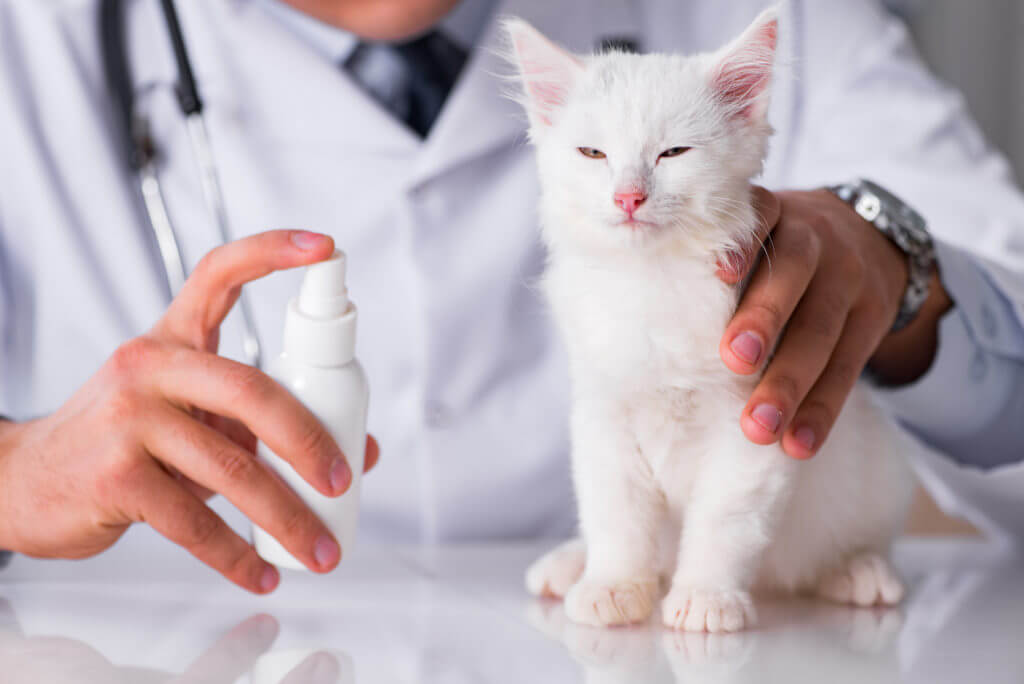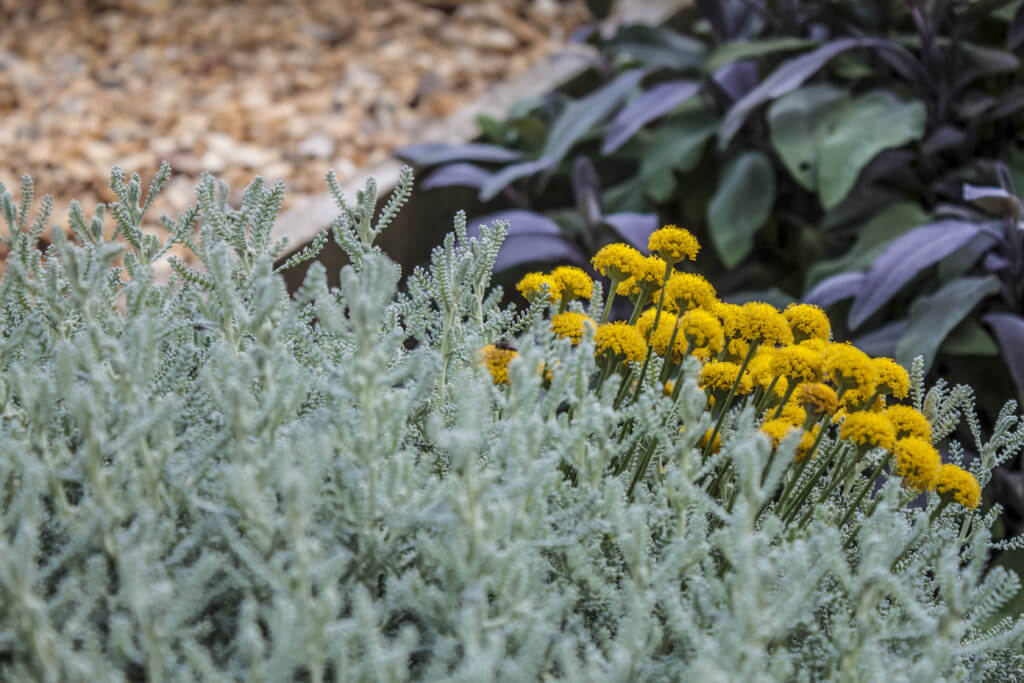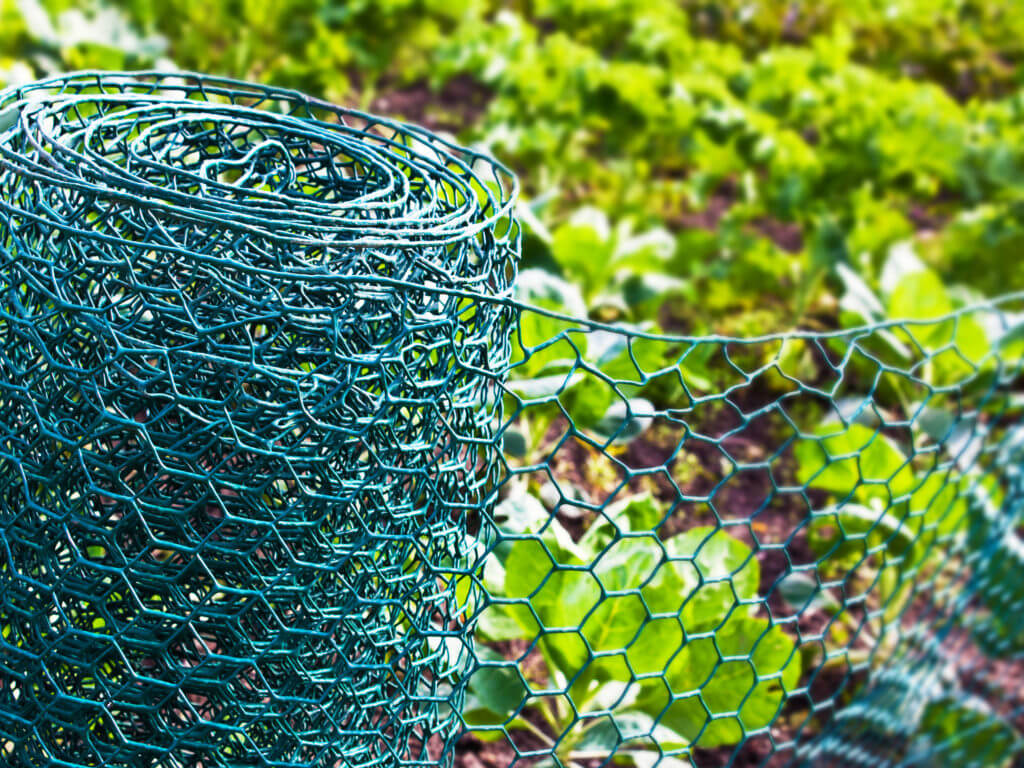- You are here:
- Home »
- Repellers »
- The ultimate guide to cat deterrents
The ultimate guide to cat deterrents
There are a number of reasons that you need to deter cats from your home and garden. These include training your own cats or keeping them safe, or to repel neighbourhood cats from destroying your garden. You’re also sure to want to prevent cats pooping on your lawn or in your flower beds!
When cats use your garden as their toilet it can be dangerous as well as unpleasant. Cats carry a parasite called Toxoplasma Gondii and if this parasite is exposed to humans it can cause serious health issues with flu-like symptoms. This can be very dangerous, especially to pregnant women.
Cat faeces is toxic and can harm to your grass and plants and leave your soil infertile for a very long time.
Our ultimate guide to cat deterrents is designed to help you decide which deterrent method is right for you by summarising the benefits and drawbacks of the most commonly used cat deterrents.
Cat deterrent sprays

Sprays are without a doubt the best, cheapest option for inside your home. They usually contain scents that cats dislike, like lavender. The smells, while lovely to scent your home, are hated by cats and will keep them away from the places you don’t want them to stray. After a time, cats will often simply stop using the treated area out of habit.
Before using a cat deterrent spray, make sure that you do a spot test to ensure the spray does not stain your carpet or furniture.
Ssscat! spray is a clever cat deterrent spray which works with two components – a motion detector on top of a repellent spray can with an auxiliary high-pitched alarm. This is very useful for training cats to stop climbing on top of kitchen surfaces and tables. You don’t have to be in the room to tell them off, so it is very effective for training.
Natural oils can be used to make homemade cat deterrent sprays. If you combine one part natural oil with four parts water and shake it up in a bottle, it creates a natural cat deterrent spray which is safe to use both indoors and outdoors.
To find out which smells your cat dislikes, place them under your cat’s nose. If they move their head away from the bottle, they probably won’t like it. so you can opt for this in your spray.
When a cat urinates, immediately wash the affected area with soapy water to prevent the smell from lingering. Then spray a cat deterrent to mask the smell.
Pros of cat deterrent sprays:
- They are cheap
- They can also scents your home
- They can be homemade
- They don’t cause harm to the cat (but do make sure you research the ingredients)
Cons of cat deterrent sprays:
- Regular reapplication is needed
- Some sprays contain chemicals
- Some sprays might mark or discolour furnishings and surfaces – even those with natural oils
- If you use a homemade deterrent spray you will need to experiment with different oil ratios and smells
Cat deterrent plants

Cat repellent plants can be used both indoors and outdoors. If you plant these plants in problem areas of your garden or placing them in an indoor plant pot, you can keep cats well away from the affected area.
Plants and herbs which deter help to deter cats in a natural way include:
- Lavender
- Lemongrass
- Rosemary
- Curry plants
Certain cat breeds aren’t bothered by curry plants, so you need to research the plants which will work best before buying.
Pros of cat deterrent plants:
- They are cheap to buy
- There are both indoor and outdoor solutions
- The plants are attractive, adding to overall look of your garden
- There is no harm to the cat
Cons of cat deterrent plants:
- You have to nurture and cultivate the plants
- You have to research which ones will work before buying
- Some plants grow like weeds and are hard to remove if they are no longer needed
The ultrasonic cat deterrent
Generally, ultrasonic cat deterrents are the ultimate cat deterrent. They are not the cheapest solution, but they are effective in deterring cats. They scare off cats with a high-pitched noise whenever they come close.
Most ultrasonic cat deterrents will activate whenever a cat is within a certain radius of the device. The high-pitched noise is inaudible to most humans.
The cost of ultrasonic cat repellers is a one-off cost and if you buy a solar powered one there is no need to replace or recharge the batteries. During a long winter in the UK the shorter daylight hours might cause a problem if the repellent device is solar powered.
You should allow ultrasonic cat repeller devices a few weeks to deter cats from entering your garden, as initially cats may see the repeller as an enemy that needs to be challenged. When they understand that they cannot beat the repeller, they will keep away for good.
Pros of ultrasonic cat deterrents:
- They are very effective
- Hidden in the garden, they are not an eyesore
- They are a one off purchase
- There is no harm to the cat
Cons of ultrasonic cat deterrents:
- Some humans can hear the noise and be bothered by it
- The initial cost may be expensive when compared to a spray
- Solar powered devices need lots of sunlight in order to work properly
Sprinklers and water sprayers to deter cats
Cats hate water, so putting an automatic water sprayer in your garden will scare off cats without causing them any harm. Water sprayers will prevent them from intruding in the first place, while sprayers will be activated in the same way as an ultrasonic device.
Pros of water deterrents:
- They are completely safe for humans and cats
- They are effective
- Multi-purpose, they can water the garden too
- They cause no harm to the cat
Cons of water deterrents:
- They are not suitable for a courtyard sized garden
- They are a little harder to install and maintain due to the hose pipe attachment
- You are at risk of being sprayed with water yourself
Using spikes as a cat deterrent
Spikes are often used on top of fences or walls to prevent cats from climbing over them. They are usually made from blunt plastic so the cat is bothered by the feel of them on their paws, but they are not hurt. Metal spikes are available but they are inhumane.
Pros of cat deterrent spikes:
- They are cheap to buy
- Special cat spikes are designed not to hurt the cat
Cons of cat deterrent spikes:
- You should ask for your neighbours’ consent, especially if you are sharing fences
- Cats are nimble and agile and can move around the spikes
- Research is important for the safety of the cat
Using netting and chicken wire to deter cats

Netting and chicken wire are perfect if you’re trying to keep cats away from home-grown vegetables. Covering the plants with netting still provides the plants with sunlight, but will keep cats away.
Laying chicken wire across the ground between areas such as fences can help. Cats hate walking on chicken wire because of how uncomfortable it is on their paws and will generally try to avoid areas that have it on the ground.
Pros of netting and chicken wire:
- Both are cheap to buy
- There is no harm to the cat
Cons of netting and chicken wire:
- There will be some DIY required to fit the material
- Only suitable for outside use
- The material doesn’t look attractive
The ultimate tips that strengthen your cat deterrent method:
There are plenty of other steps you should take to strengthen whichever method you choose to use, including:
- Remove cat faeces as soon as possible to prevent the scent from lingering as cats will often go back to the same spot. In addition, cat faeces can damage the quality of your soil and cause your grass and plants to die
- If you see a cat that’s about to go toilet in a forbidden area, pick it up and move it if you can. If you do this again and again, they’ll simply stop using that area
- Avoid using a bird table if there are a large number of local cats. Bird feeders can stick to windows on the second floor.
Cat deterrent methods to avoid
It’s always best to inform your neighbours if you are using a new method of cat deterrent, especially if the cats you are attempting to deter belong to them.
Never under any circumstances harm a cat. They cat won’t understand why you are harming them and this could cause long-term physical and psychological damage.
